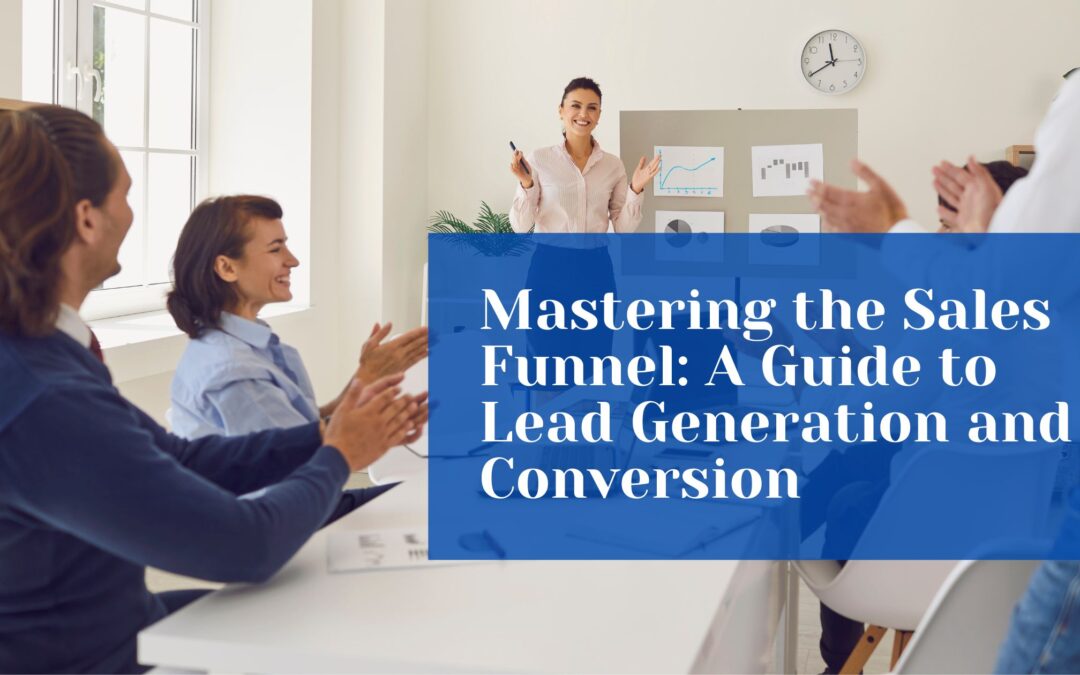Mastering the sales funnel is essential for any business looking to generate leads and convert them into customers. A sales funnel represents a potential customer’s journey. The journey starts from the awareness stage to the final purchase. By understanding the sales funnel and implementing effective lead generation and conversion tactics, businesses can increase their revenue and grow their customer base.
Stage 1: Awareness
Awareness is the first stage of the sales funnel and a crucial part of the process. In the awareness stage, the customer becomes aware of the business and its products or services. This can be achieved through various marketing tactics, such as social media advertising, content marketing, and search engine optimization. This stage aims to attract potential customers to the business’s website or social media pages.
To effectively generate leads at this stage, businesses should create high-quality content relevant to their target audience. This could include blog posts, social media updates, or videos that provide valuable information or entertainment. By providing value to potential customers, businesses establish themselves as thought leaders in their industry and build trust with their audience.
Stage 2: Interest
Once potential customers know the business, the next stage is generating interest. At this stage, companies must provide more detailed information about their products or services to encourage potential customers to take the next step in the sales funnel. From offering a free trial or demo, case studies or testimonials, or a discount or promotion, generating interest is vital.
To effectively generate interest, businesses should gather detailed information about their products or services relevant to their target audience. This could include creating videos, writing detailed product descriptions, or offering live demos. By providing potential customers with the information they need to make an informed decision, businesses can increase their chances of converting leads into customers.
Stage 3: Decision
Once potential customers are interested in the business’s products or services, the next stage is encouraging them to decide. This could involve offering a limited-time promotion or providing personalized recommendations based on the customer’s needs. The goal is to convince potential customers that the business’s products or services are the best choice for their needs.
To effectively encourage customers to make a decision, businesses should focus on building trust and credibility. This could include providing customer testimonials or offering a money-back guarantee. By building trust with potential customers, companies can increase their chances of converting leads into customers.
Stage 4: Action
The final stage of the sales funnel is action. This is where the potential customer purchases or takes another desired action, such as signing up for a newsletter or scheduling a consultation. To convert leads into customers effectively, businesses should provide a seamless and easy-to-use checkout process and excellent customer service and support.
To effectively master the sales funnel, businesses should focus on continuously optimizing and improving their lead generation and conversion tactics. This could involve testing different marketing channels, improving website design and user experience, or experimenting with pricing strategies. Businesses can increase revenue and grow their customer base by constantly refining their approach.
Mastering the sales funnel is essential for any business looking to generate leads and convert them into customers. Companies can increase their revenue and grow their customer base by understanding the different stages of the sales funnel and implementing effective lead generation and conversion tactics. To effectively master the sales funnel, businesses should focus on providing value to potential customers, building trust and credibility, and continuously refining their approach.
